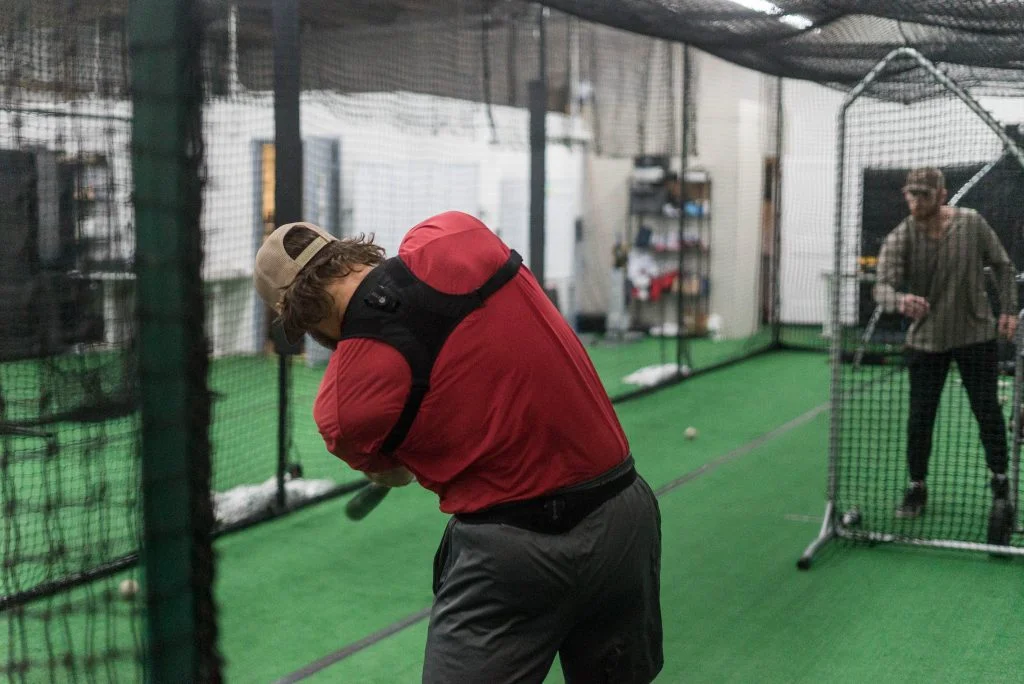Why can he hit but not pitch at this point in his rehab following tommy John surgery (October 18’) to reconstruct the ulnar collateral ligament? The function of the UCL is to protect the arm from a valgus force. A valgus force is a lateral to medial force on the arm that causes a gapping at the medial elbow if the ligament fails to protect the arm from the force. As a right handed thrower each time Ohtani goes into the cocking phase of throwing (when the arm is in end range external rotation to create torque) a valgus force occurs on the arm. Tommy John surgery is performed to reconstruct the UCL so while the arm is healing it cannot tolerate this valgus force during the throwing motion. How hitting is different is that in Ohtani’s case he is a left handed hitter meaning his operative elbow is the front arm in his batting stance.
As he goes through the swing, a Varus force is put through the elbow which challenges the LCL (lateral collateral ligament of the elbow) which was not operated on. The only time in the left handed swing that that Right UCL is challenged is to slow the swing down during the follow through. This may impact how Ohtani follows through in his swing. Although he is closer to reaching the end of his rehab for his torn UCL, He may choose to shorten his follow through at times or use a two handed follow through to reduce torque through the reconstructed ligament.


















